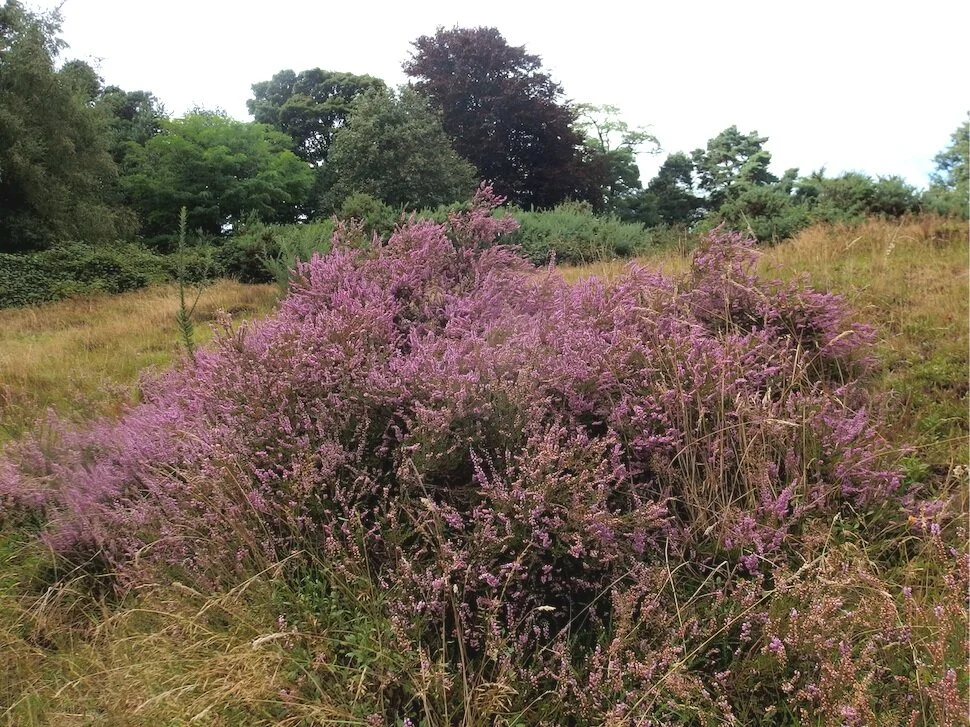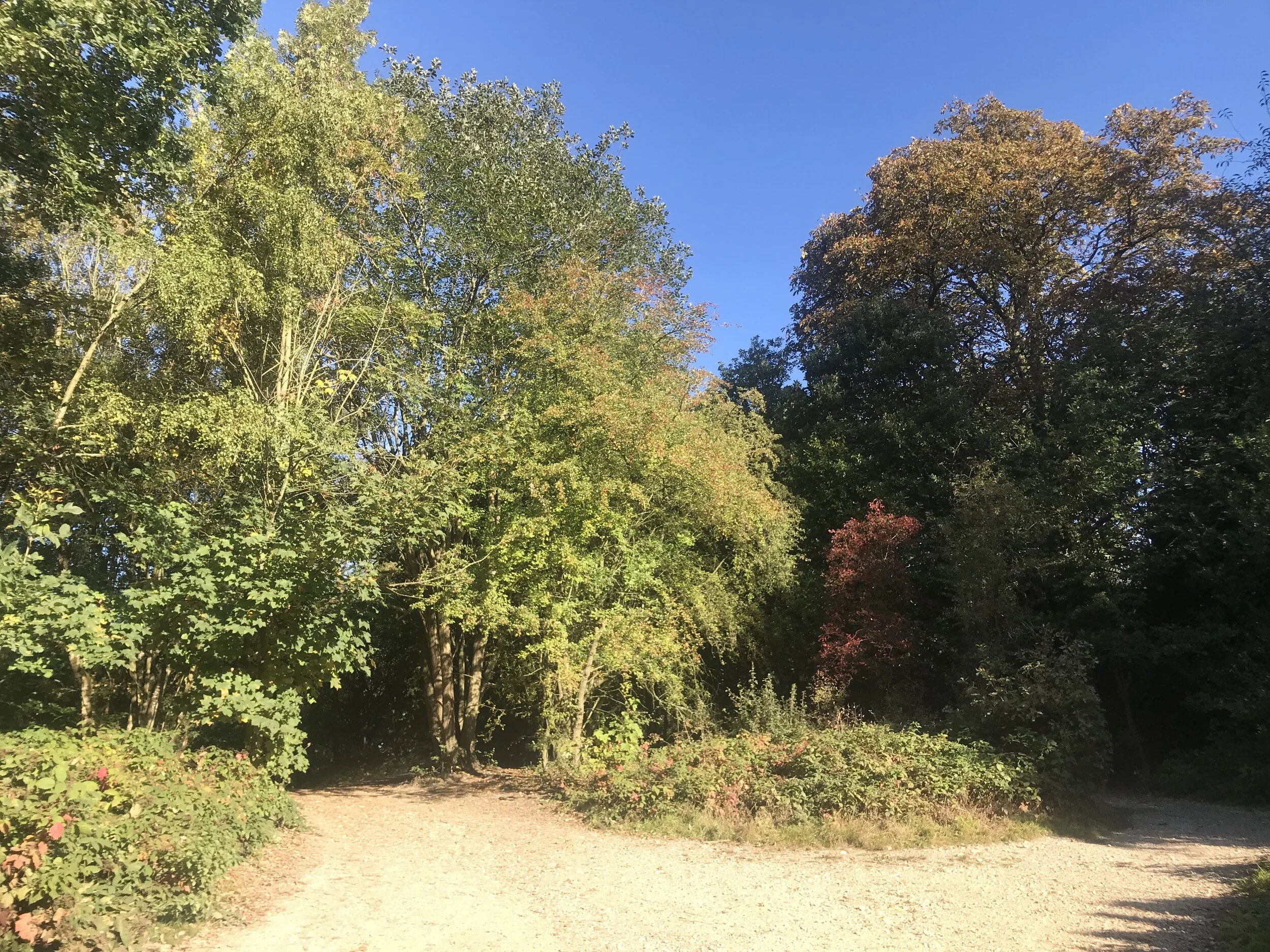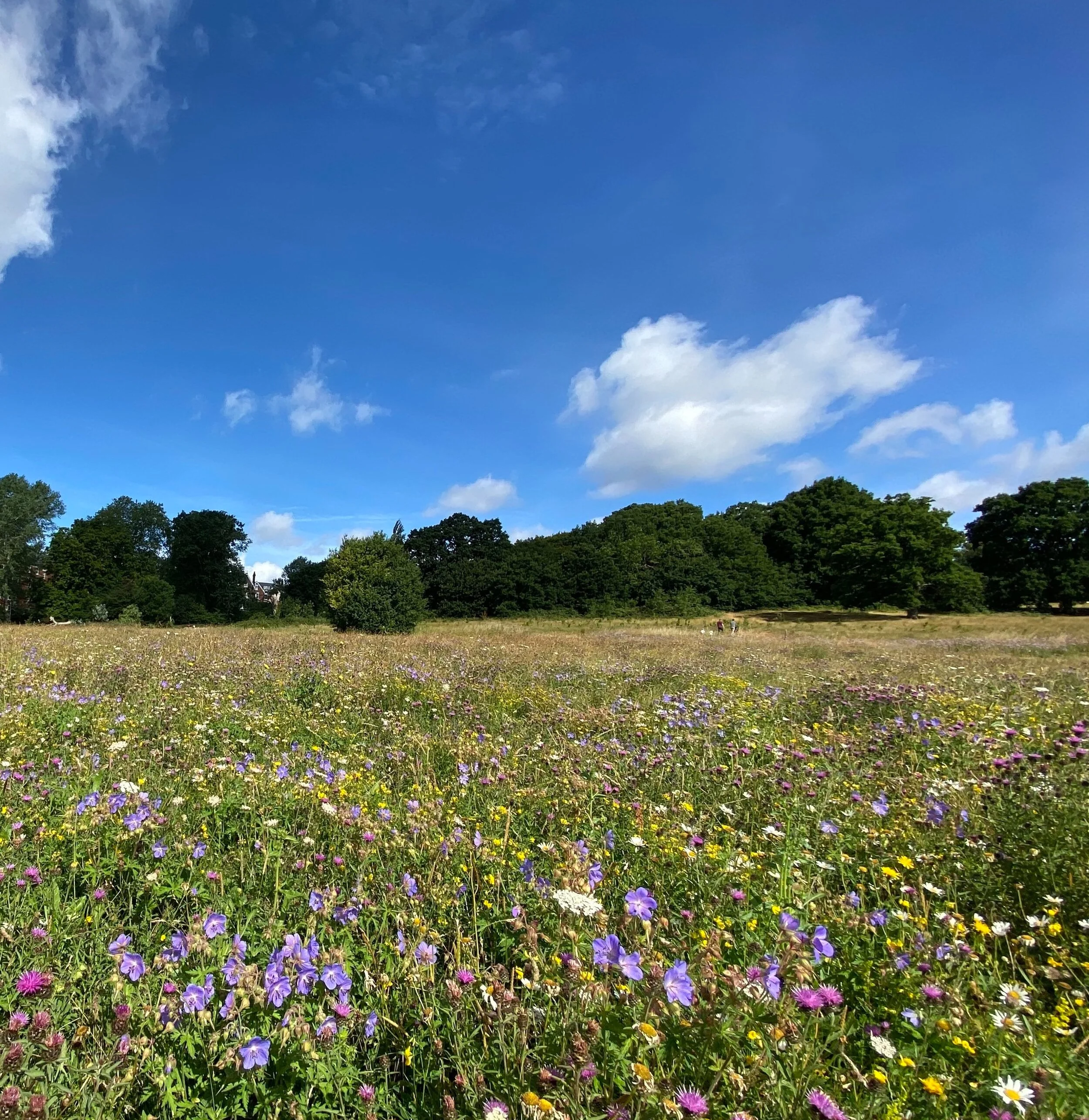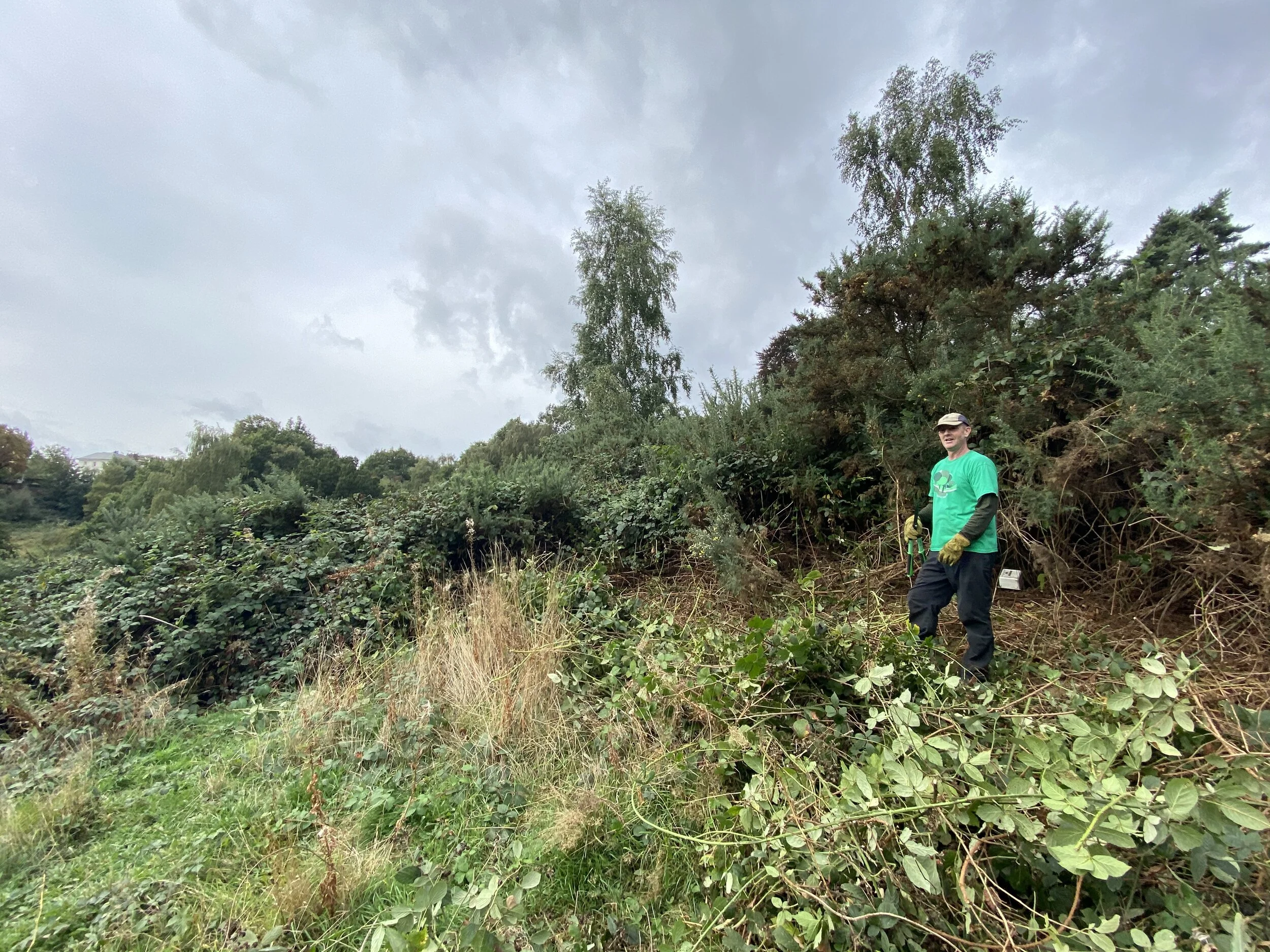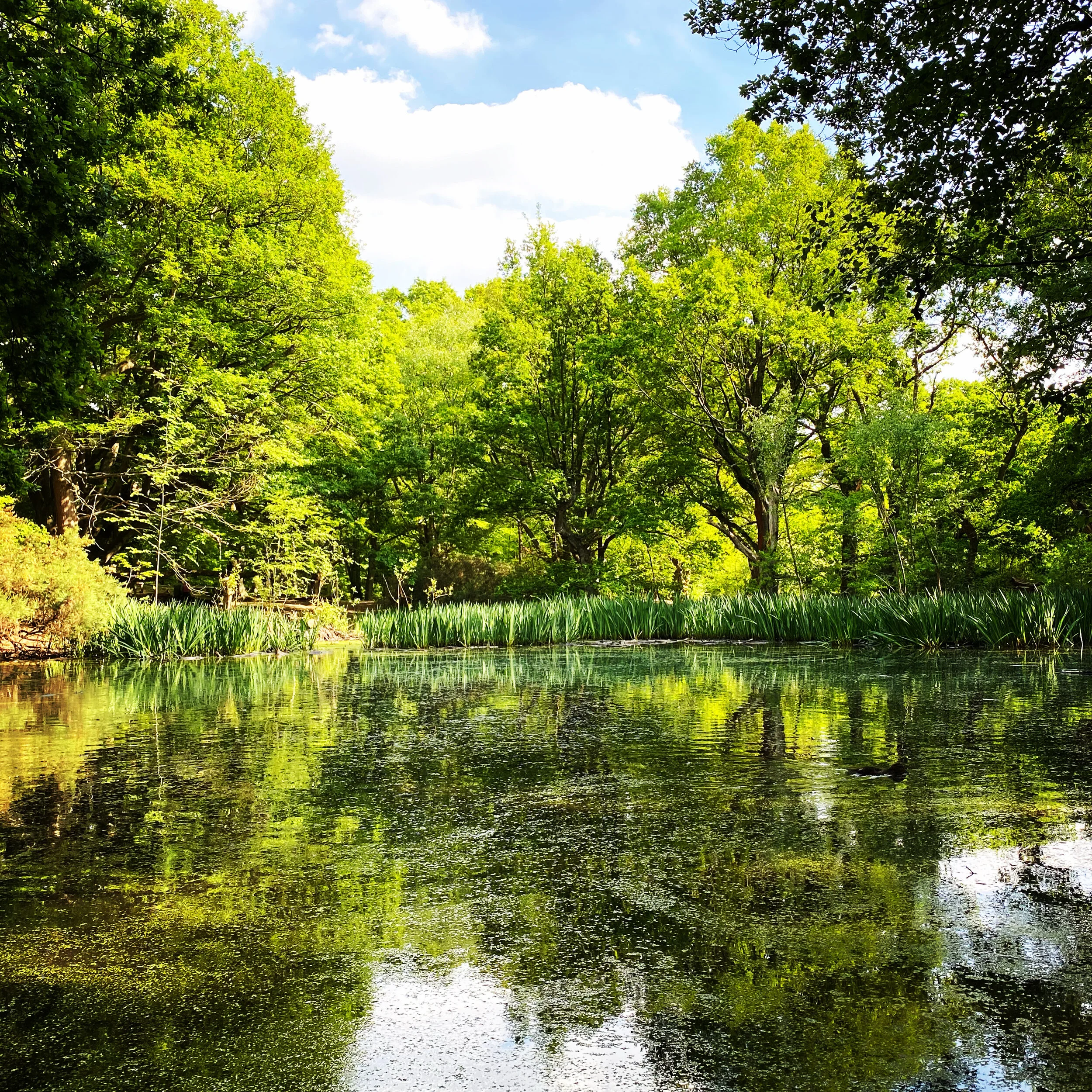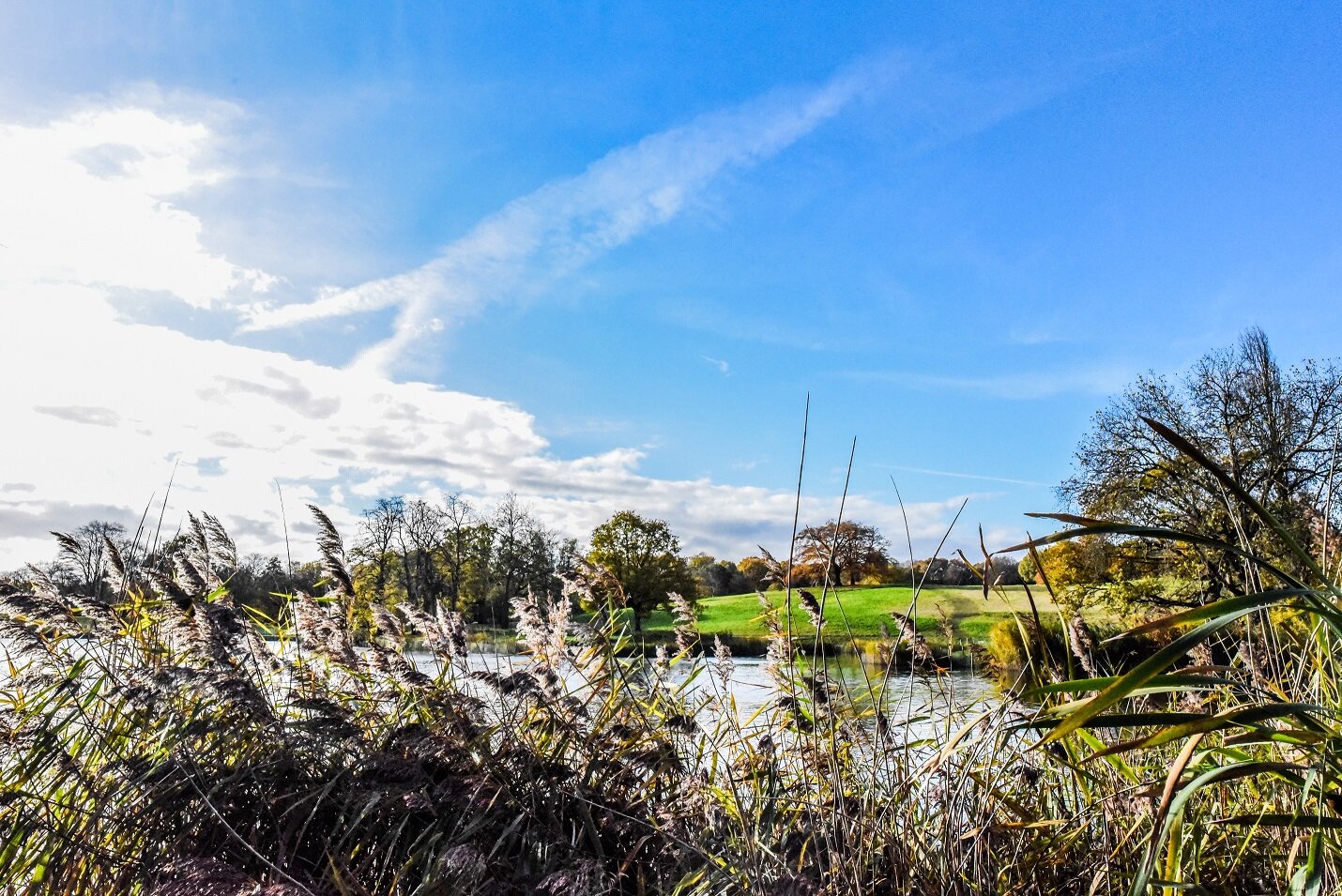
Habitats and Wildlife
The 350 hectares of green space we work on offer a slice of countryside near to central London. Hampstead Heath, Highgate Wood, Kenwood and Golders Hill Park have long been shaped by human activity and their special character and variety of habitats would be lost without active conservation and responsible use. We help to manage these areas, in partnership with the City of London and English Heritage, to maintain the historic landscapes, rare habitats and special wildlife that lives there.
Heathland
Heathland is characterised by plants such as Heather, juniper and gorse, with the word heather giving the habitat and Hampstead Heath its name. Most areas of heathland are found on acidic soils, such as the Bagshot Sands on the upper slopes of the Heath. It is an example of a plagioclimax community, meaning it would not exist without intervention to prevent succession into scrub and woodland. During the late 19th century widespread grazing on the Heath had ceased and it is likely that heather became extinct around this time. Now some areas of Heathland have been restored and our conservation volunteers play an important role in maintaining and enhancing heathland habitats.
Heathland provides habitat for a range of species including spiders, birds and reptiles.
Woodland
Woodland is the most abundant habitat across our green spaces, including numerous veteran trees and historical boundary lines. The majority of woodland is secondary growth, resulting from reduced management and farming through the 20th Century. Part of Kenwood is recorded ancient woodland, and is designated as a Site of Special Scientific Interest for its deadwood invertebrates, while Highgate Wood is a remnant of Middlesex’s ancient woodland.
Fallen and decaying wood is generally left in situ, and dead trees are kept standing where safe to do so. This dead wood offers crucial habitat for a range of species including breeding Stag beetles and many of the Heath’s over 650 species of fungi.
Grassland
Grassland and meadows are widespread on the lower slopes of Hampstead Heath, providing open areas for recreation and wildlife. Acid grassland and wildflower meadows are amongst the UK’s fastest disappearing habitats, being especially rare now in the South East of England. They are important habitat for invertebrates, supporting nationally rare and endangered species.
These include important colonies of meadow ants as well as rare spiders, pollinating insects such as bees and most of the Heath’s 27 butterfly species. Green woodpeckers feed on the abundant ant mounds and birds of prey hunt for across the open grasslands.
Areas of native wildflower meadow have also been created on the Heath, such as the ‘Sparrow Site’ and the Tumulus fields on Parliament Hill, the Heath Extension and at the Hive. These create impressive floral displays in summer and provide habitat for countless species.
Scrub and Hedgerows
Scrub is a valuable habitat, best described as the succession between grassland and woodland. Typical scrub plants such as bramble, willow and hawthorn provide important habitats for a range of birds and insects, such as the spectacular purple emperor butterfly. Scrub is actively managed on the Heath to maintain its distribution, stop it encroaching into other habitats, and to ensure that wildlife refuges are conserved.
There are over 4km of hedgerows on Hampstead Heath, including important ancient hedgerows on Parliament Hill which are mentioned in the Domesday book. These hedgerows provide crucial wildlife corridors and refuges for a range of plants and animal species, including our iconic hedgehogs.
Wetlands
With over 30 ponds and numerous watercourses, including the tributaries of three of London’s rivers, across the Heath, wetland habitats are hugely important for nature conservation and recreation. Sensitive management maximises their value for people and wildlife, with greatest biodiversity found around the margins and pond edges.
As well as a variety of waterfowl, the ponds support more than 15 species of dragonflies, along with breeding populations of amphibians and reptiles.
Two sphagnum bog areas, one on West Heath and the other in Kenwood’s West Meadow, are some of the few found in London. They are important conservation areas, containing many locally rare plants, mosses and specialist invertebrates.

